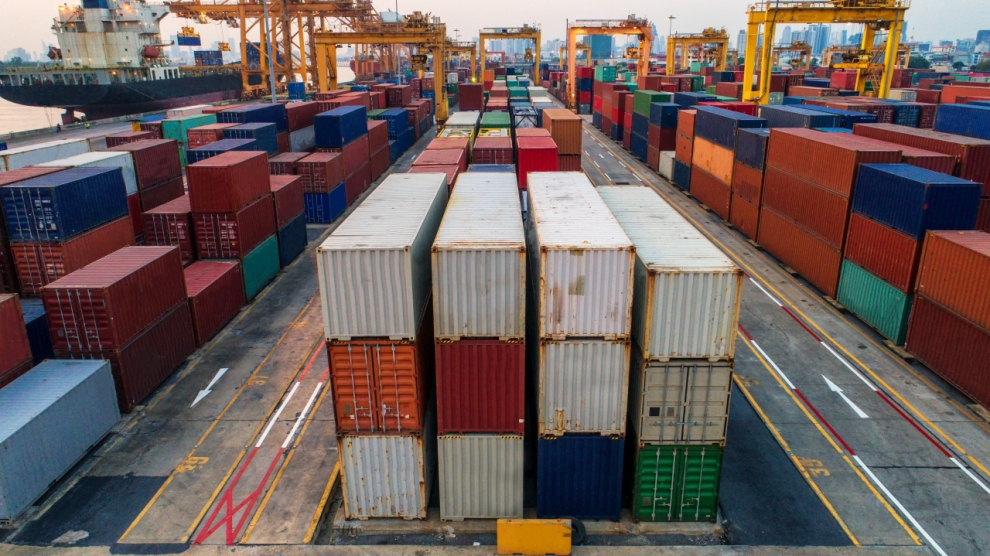Georgia’s trade deficit rose slightly in 2017, to 5.25 billion US dollars, an increase of just over 70 million US dollars on 2016. Overall, Georgia’s exports rose by an impressive 29 per cent to 2.72 billion US dollars – their highest level since 2014 – while imports rose by a more modest 9.4 per cent to 7.98 billion US dollars. The figures were released on January 22 by the Georgian National Institute of Statistics, Geostat.
Trade with the EU in 2017 grew by 2 per cent, with exports from Georgia to the EU totalling 646.5 million US dollars (an increase of 13 per cent higher), while imports fell 0.8 per cent to 2.198 million US dollars. The EU now accounts for 23.7 per cent of Georgian exports.
Georgia’s single largest export market remains Russia, followed by Azerbaijan and Turkey. Imports are overwhelmingly dominated by Turkey.
Copper ore and concentrate was Georgia’s leading export in 2017, totalling 419.8 million US dollars, or 15.4 per cent of all exports, with ferro-alloys and used cars Georgia’s second and third most important export items. Exports of wine grew considerably, and now account for 6.3 per cent of Georgian exports. Petrol was the country’s biggest import.
“Metals, ferro-alloys and used cars drove much of Georgia’s overall export growth in 2017, with volumes and prices of key metal and mineral exports rising strongly,” said Maximilien Lambertson, lead analyst for the South Caucasus at the Economist Intelligence Unit (EIU). “This suggests that export growth in 2018 will moderate, as prices and demand for these goods slow compared to 2017.”
“While China’s free trade agreement with Georgia comes into effect this year and Georgia’s improved access to EU markets via the DCFTA increase opportunities for export growth, the potential to capitalise on this is limited by Georgia’s narrow manufacturing base,” Mr Lambertson told Emerging Europe. “For example, in 2017 Georgian exports to China consisted mainly of copper ores and scrap metal, while Georgia imported a variety of manufactured goods from China. Given the size of China’s manufacturing sector, this trend is likely to increase in coming years under the Georgia-China FTA. This puts into question Georgia’s ability to capitalise on its incorporation into Belt and Road routes, beyond serving as a transit country for Chinese goods.”


Add Comment